The genuine craft of video games
A lush and stylish publication, A Profound Waste of Time explores video games, looking at the makers, the technical aspects and the broader industry, not through showing screen grabs of the games, but utilising a wide range of illustration approaches to give a unique spin on the articles’ subject matter.
With high quality production and special editions of issues, the magazine has been a growing success for founder Caspian Whistler. Here he talks to Derek Brazell about celebrating the culture of games using illustration and in depth writing.
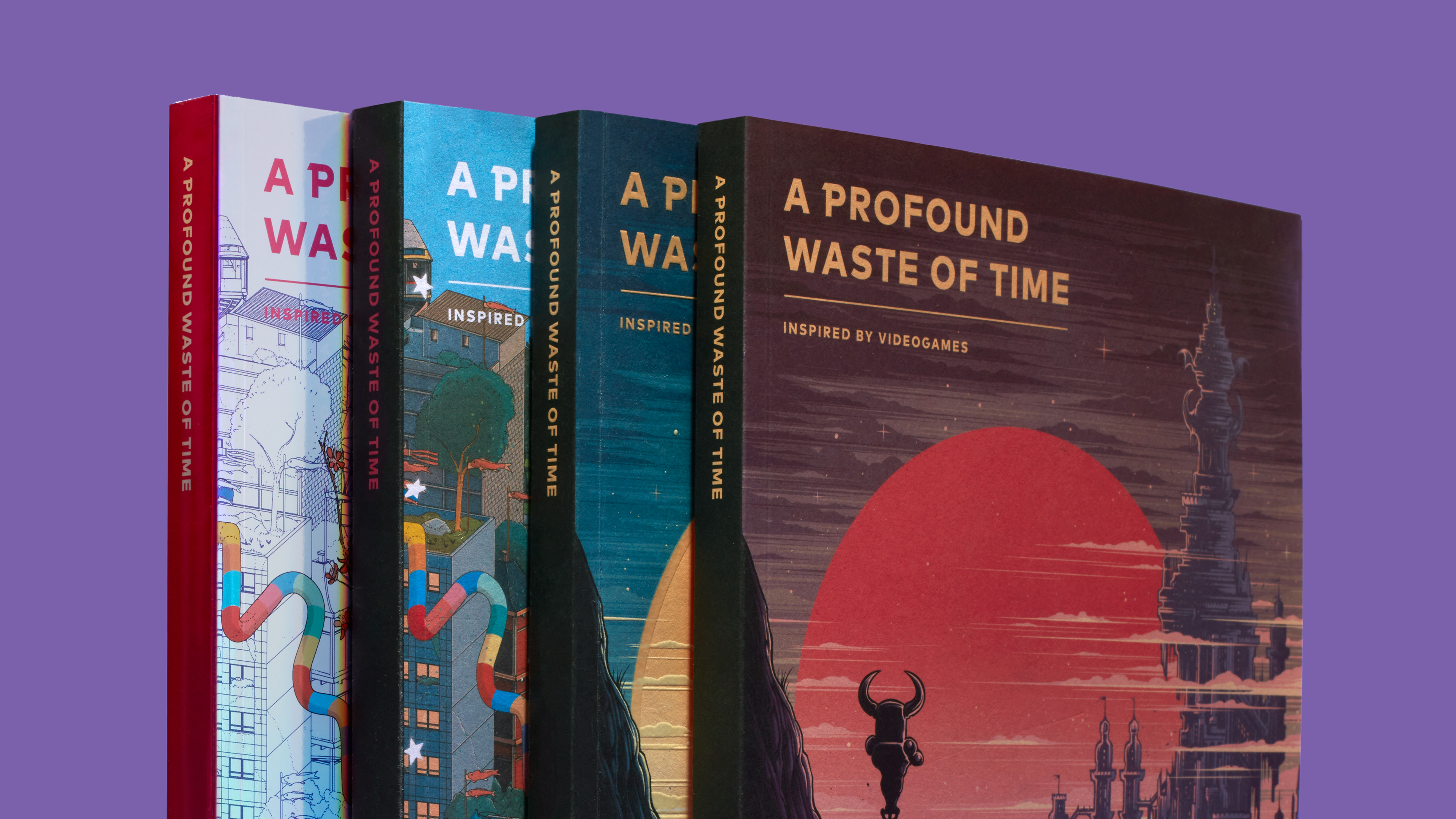
Across the issues of A Profound Waste of Time you commission articles on all aspects of gaming, from practical explanations of the roles involved in creating a game and pieces on the hardware itself, through to in depth interviews of groundbreaking creators in the industry (none of which show images from the games themselves). In tandem with this, the magazine also celebrates games as an art form and at the same time entwines each article with illustrations, elevating the connections between imagery and gaming. What was the decision to bring these elements together?
It was essentially just a crossover of my interests at Uni, as the initial forms of the magazine were a small self-published zine filled with writing and artworks I’d made. I loved illustration and wanted to integrate it somehow into my time studying graphic design and communication and thought that there was a real lack of publications out there talking about videogames as a genuine creative craft, and not just as business / entertainment. I also realised that there wasn’t much point including screenshots as the magazine’s main form of content when the internet exists.
Game magazines had been dying out en masse in the 2010’s and a big part of that was the ease and immediacy of being able to access games coverage online, so I wanted to really embrace the physical nature of the project and fill it with content that shines in CMYK print, rather than things better viewed on a RGB screen.
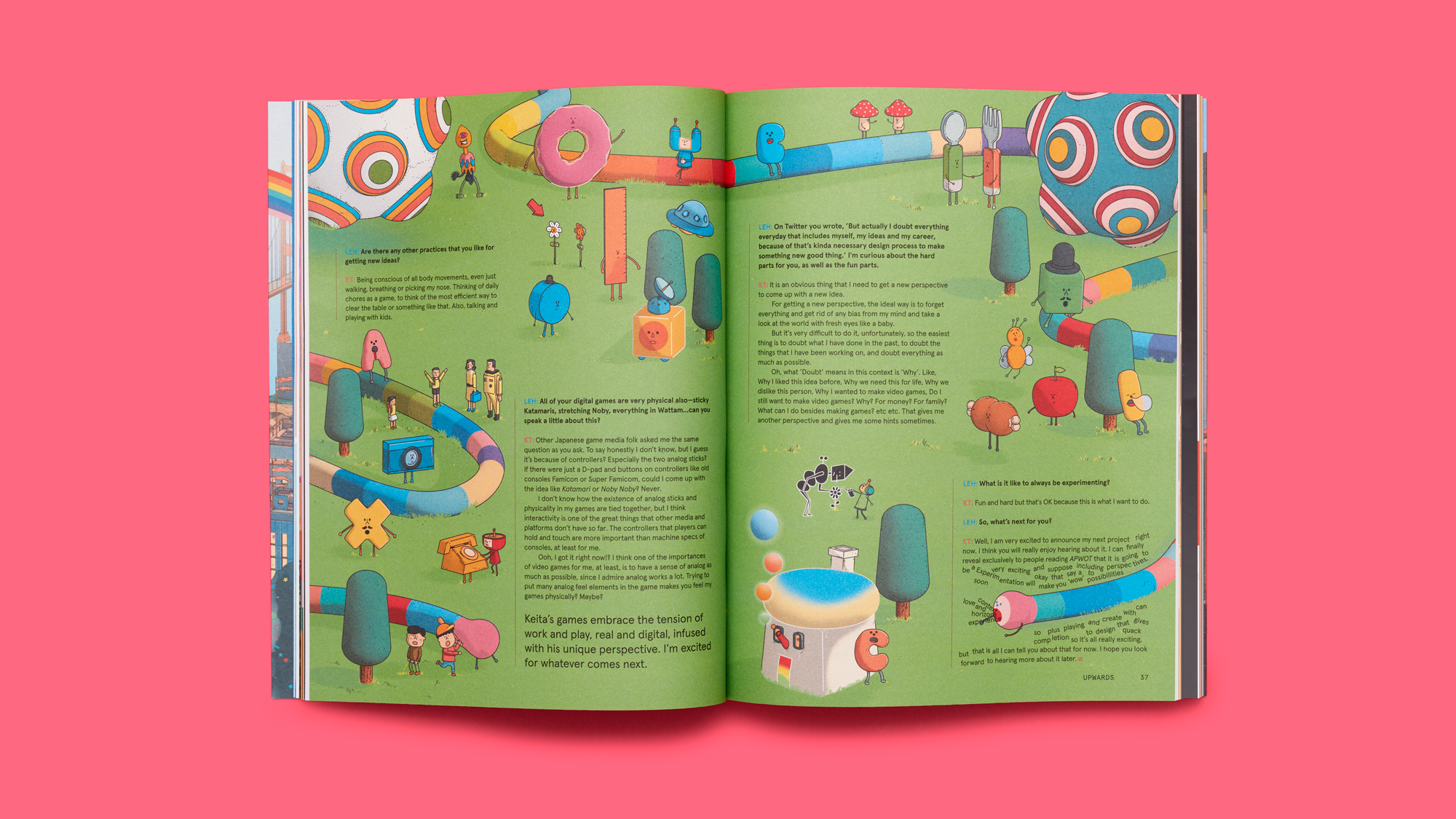
The visual approaches of the illustrators that you commission range from 3D to watercolour, covering intricate drawing and more minimal graphic styles. How do you match an illustrator to the article?
I see APWOT articles as an act of re-interpretation. The tagline for the mag is ‘inspired by videogames’ so it’s often about whether or not an illustrator’s touch would provide a complimentary take, or a unique spin, on the visual identity or iconography of a game. It’s not really about how closely an artist can emulate a style as much as what they can bring to the games being covered that feel exciting and meshes with the tone of the writer in each piece.
APWOT has a big range of content, from personal memoirs to tutorials, and so it’s important that someone can feel the tone of the content of each article without reading a word. I’m really selective about making sure those two halves of the magazine, the writing and art, are as complementary as possible.
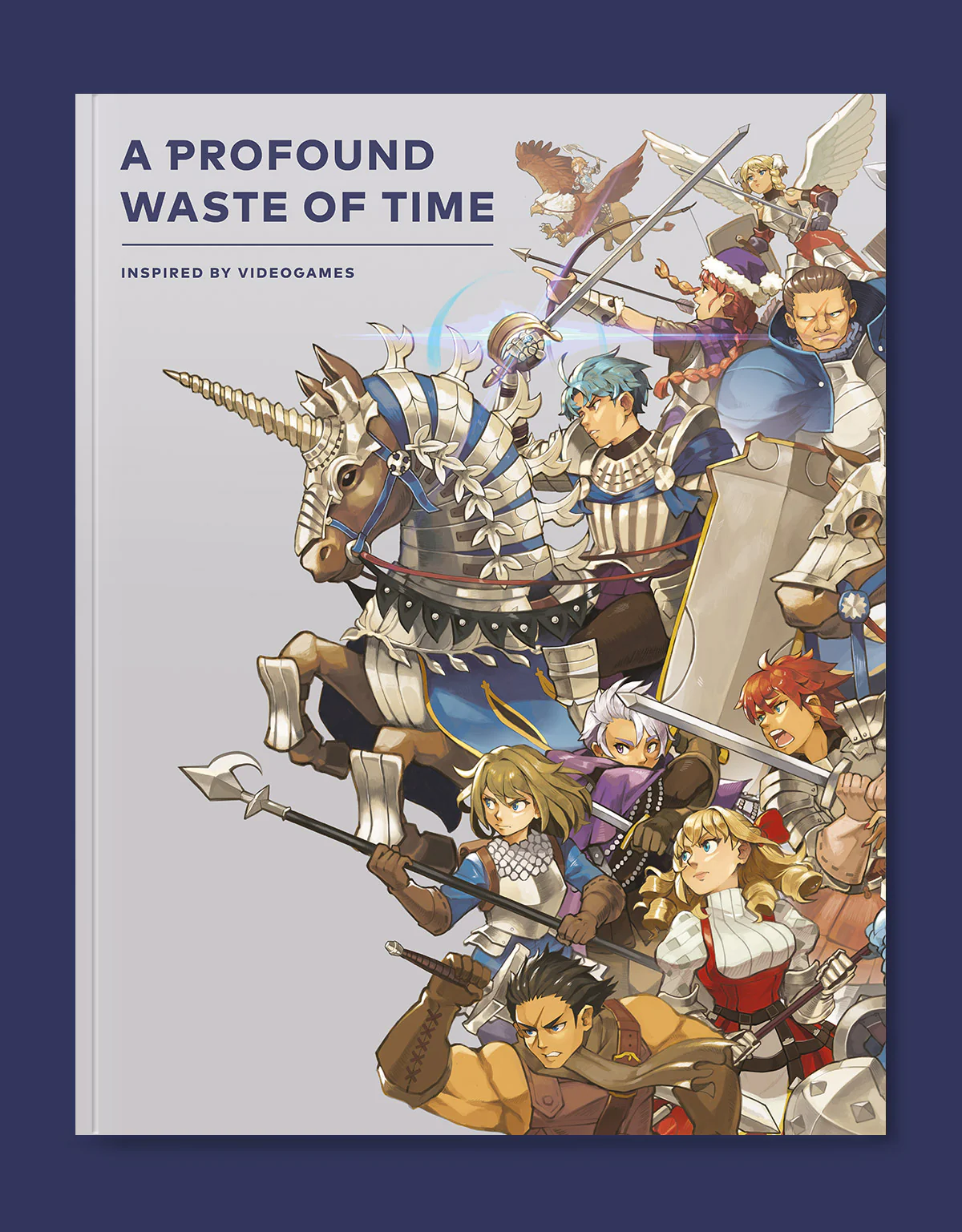
For videogames themselves, what do you see as the value of illustration and what can it bring to a game in terms of appeal, game play, innovation or any other aspects?
While a game doesn’t need a ‘beautiful’ aesthetic in order to succeed (gameplay is always king in my mind) it’s undeniable that the art style of a game can truly elevate the experience. It’s something that the game playing audience is undoubtedly clued in on and receptive to.
The cover story of our upcoming issue is a collaboration with Vanillaware, a Japanese studio that has built its games while using beautiful traditional 2D artwork. Their aesthetic is immediately recognisable and people flock to their work in large part because of their emphasis on this kind of illustration, even though each game from them tends to be a completely different genre and gameplay style. APWOT was founded on the assumption that there was a huge part of the gaming audience that cares about aesthetics and design that weren’t really being catered to, so I suppose you could say that its success is also a testament to the universal appeal of art and design in the gaming space.
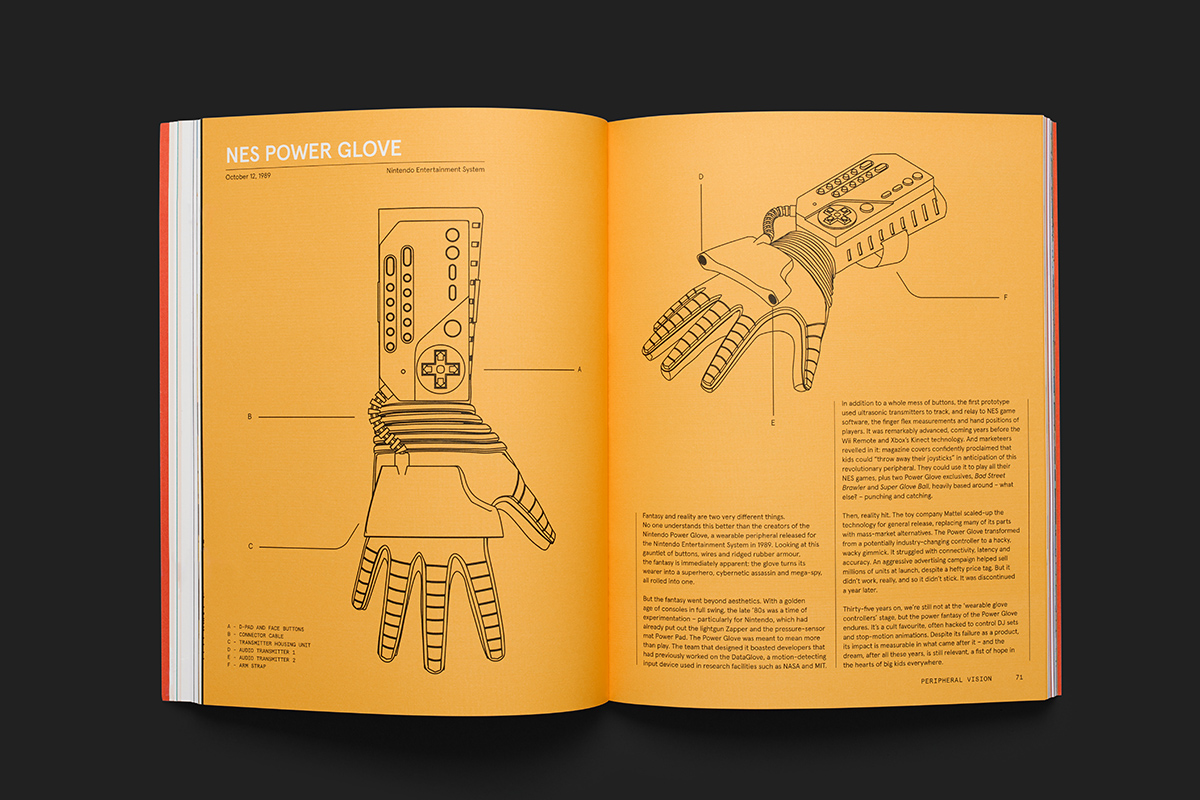
There’s a quote from Nathan Marks in issue 3’s piece on Tim Schaffer saying that games are, ‘The complexity of engineering multiplied by the subjectivity of art’. Does that convey the interdependence of these two sides in a game?
Yeah, I think that’s a very fair assertion. Game creation really is the summation of almost all traditional creative endeavors like illustration, music composition, writing… the list goes on and on. All of that has to be combined with immense technical knowledge and disciplines like programming, game design, production etc.
Ultimately though I don’t think there’s a clear line in the sand that separates ‘artistic’ jobs from ‘engineering’ jobs, there’s a huge amount of crossover in the professions that is necessary to make game work, because all of these aspects must intricately work together to create all the delicately positioned smoke and mirrors that we come to experience on the consumer end as a playable game.

There is clearly a huge range of visual styles employed across gaming. Are Indie games generally going to be more experimental than AAA games?
The major console manufacturers have traditionally pushed for more powerful hardware as a major selling point for their new game consoles. As a result developers have been encouraged to pursue higher and higher production values and fidelity, resulting in increasing development times and costs and generally less experimentation in terms of art style.
On the other end of the spectrum, small teams can’t afford to make hyper realistic worlds and characters with say, individually rendered arm hairs, so they have to think laterally and experiment with engaging and unique styles to stand out and communicate their game’s mechanics and gameplay in an increasingly crowded space. Indie games are experimental by nature both because they can afford to be and because they often have to be, and that of course applies to their art styles as well.
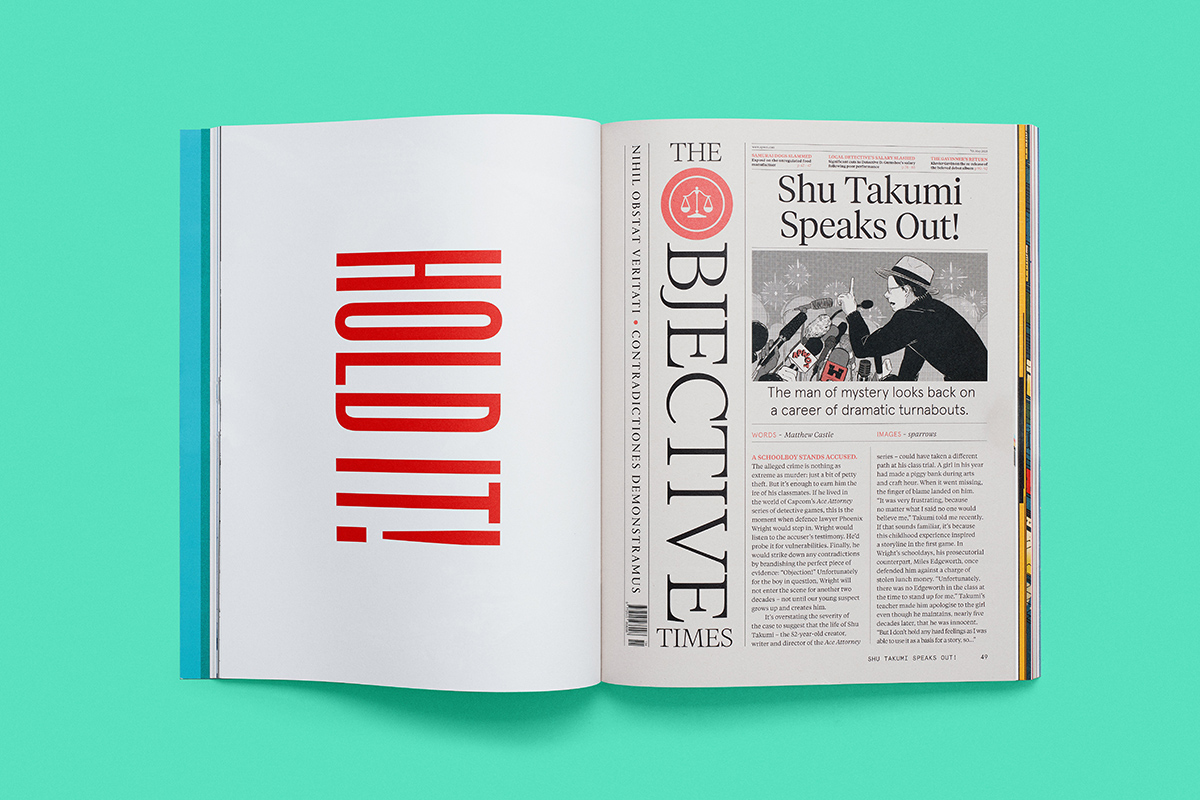
The success of A Profound Waste of Time demonstrates there is audience for an in depth, artistic examination of the gaming world. Do you feel gaming receives enough attention as a hugely popular cultural contributor?
I think the scene has significantly improved since I first started doing APWOT ‘professionally’ in 2016. Some of that on a very basic level is due to demographic changes, with a higher proportion of the adult population having grown up with games.
There have been major gaming exhibitions at institutions like the V&A talking about the creative practice of making videogames as an art form, and loads of creative initiatives like other publications, documentaries and more popping up and gaining traction. That being said, outside of venues and outlets focused on games specifically, there still seem to be a disconnect with recognising games and objects of cultural merit made by talented human beings, instead being looked at through the lens of big business and industry.
Granted, the games industry is the biggest entertainment industry in the world, but we need to do more to focus and platform the human aspects of it, so more people recognise the effort and artistic skill that goes into what we play.
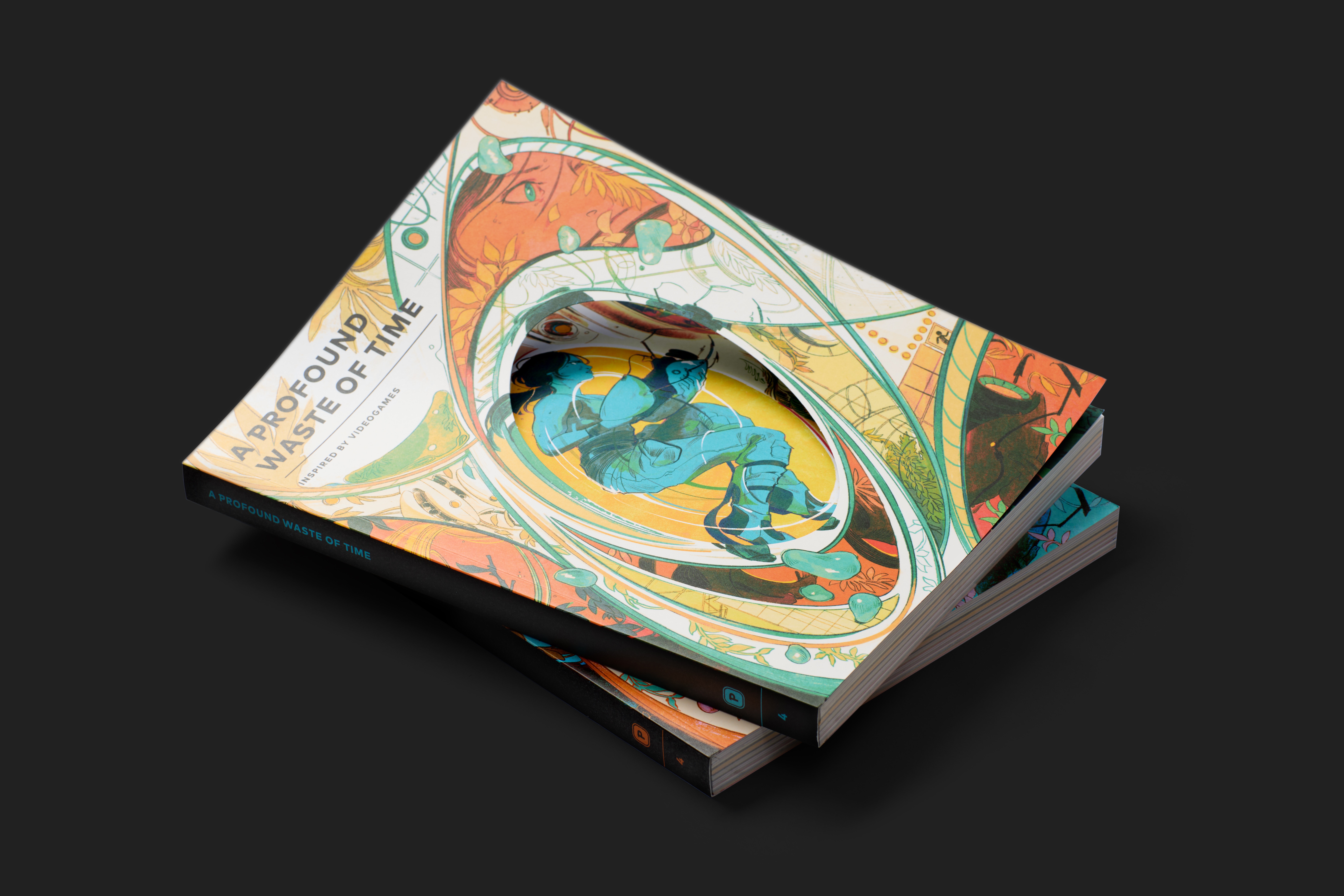
As Creative Director you put a significant amount of effort into producing the magazine, what are your ambitions for A Profound Waste of Time going forward?
I want to continue to sutainably make these magazines and champion illustration as much as I can, expanding the pool of people that I work with to keep the publication fresh and engaging. I think the main thing for me over the next year or so would be expanding the team, as having more people helping out would really alleviate a lot of the production bottlenecks that sometimes pop up and make it easier to explore new projects.
I have mainly been focusing on APWOT as a part time endeavor and I hope to transition that into a full time pursuit this year, as I have lots of things that I want to explore and do in the world of videogames that until recently I haven’t been able to. That’s all I can say for now!
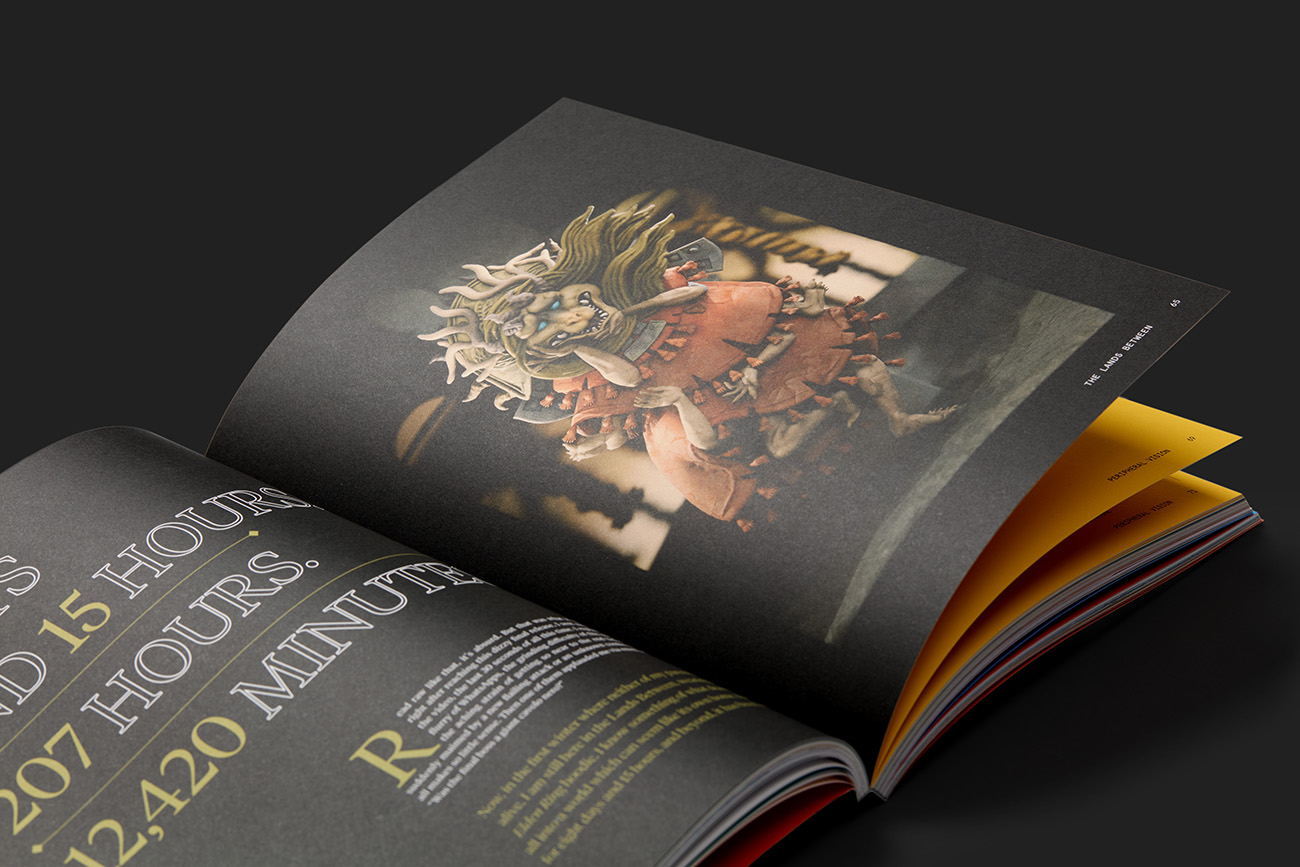
Read More
Fashion Season interview with fashion agency Lipstick of London here
Publishing: Book Covers interview with illustrator Xia Gordon here
Site Specific Illustration interview with mural expert Sam Roberts here
Illustration for Children Season interview with illustrator Alex T Smith here
Editorial Season interview with AD Sarah Habershon of The Guardian here
Branding Season interview with Uncommon Studio’s Jhy Turley here
